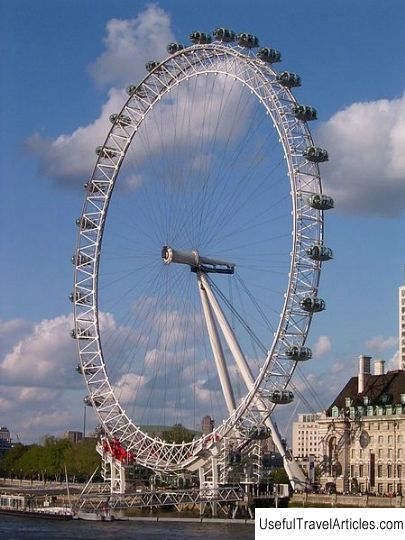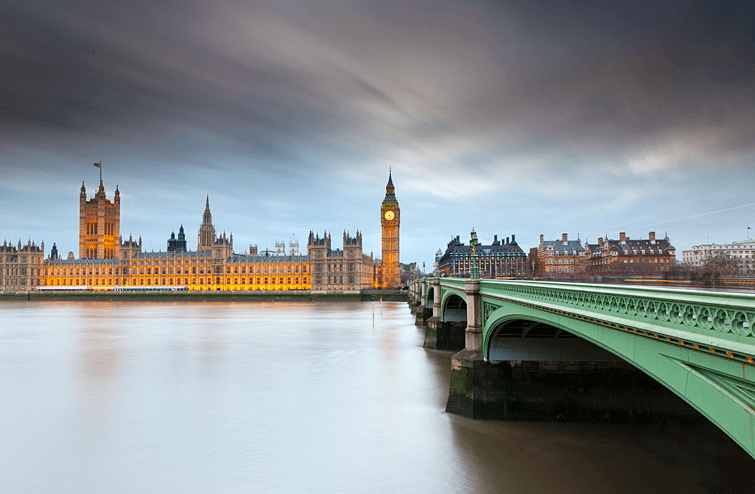London stone in the UK, London resort
Rating: 7,9/10 (4873 votes)  There are sights in London that are rightfully called mysterious. As a rule, this mystery is associated with historical twists and turns. Of all the sights, the London stone can lead in the arsenal of secrets associated with it. This stone looks like a limestone block of rock, which is not found either in London or in places adjacent to it. According to experts, such limestone can be found near the city only in the vicinity of Kent County. How this stone was delivered to the capital of Great Britain, as well as who did it, is not known for certain. For the first time, the artifact is mentioned in documents from the beginning of the 10th century that belonged to King Athelstan (early 10th century). They say that the London stone served as a reference point for distances between the city and the rest of the world, was a kind of milestone. It is also known that the stone was an important symbol of strength and power, in the Middle Ages people swore an oath before it, swore oaths, voiced decrees and concluded agreements. The second name of the London stone is the Brutus stone. This refers to Brutus of Trojan, who in the writings of a number of researchers appears as the founder of London and the first ruler of Britain. According to one version, Brutus laid London as an altar dedicated to the goddess of the hunt, Diana. At the same time, the London Stone was part of a ritual architectural composition similar to Stonehenge. Also, the stone was declared involved in the deeds of the great King Arthur. The purpose of the stone is even more interesting than its history. According to the prophecy, the artifact is a guarantee of the capital's security. According to legend, if the stone is destroyed, London will go under water. The stone has survived to this day. Every day, many tourists come to see the famous landmark. Now the stone is located at 111 Cannon Street, right in the wall of the bank building, hidden behind a Victorian carved lattice. The stone has been moved many times. The last time he was sheltered in a church was during World War II from bombing attacks.     Every day, many tourists come to see the famous landmark. Now the stone is located at 111 Cannon Street, right in the wall of the bank building, hidden behind a Victorian carved lattice. Every day, many tourists come to see the famous landmark. Now the stone is located at 111 Cannon Street, right in the wall of the bank building, hidden behind a Victorian carved lattice.The stone has been moved many times. The last time he was sheltered in a church was during World War II from bombing attacks.     Every day, many tourists come to see the famous landmark. Now the stone is located at 111 Cannon Street, right in the wall of the bank building, hidden behind a Victorian carved lattice. Every day, many tourists come to see the famous landmark. Now the stone is located at 111 Cannon Street, right in the wall of the bank building, hidden behind a Victorian carved lattice.The stone has been moved many times. The last time he was sheltered in a church was during World War II from bombing attacks.     hidden behind a Victorian carved grate. hidden behind a Victorian carved grate.The stone has been moved many times. The last time he was sheltered in a church was during World War II from bombing.     hidden behind a Victorian carved grate. hidden behind a Victorian carved grate.The stone has been moved many times. The last time he was sheltered in a church was during World War II from bombing attacks.     We also recommend reading Wellington Arch in the UK, London resort Topic: London stone in the UK, London resort. |




